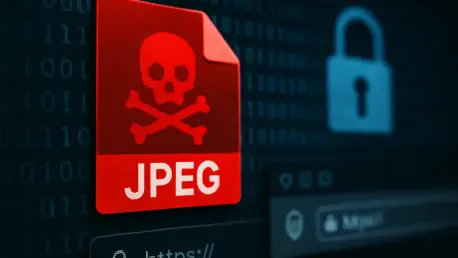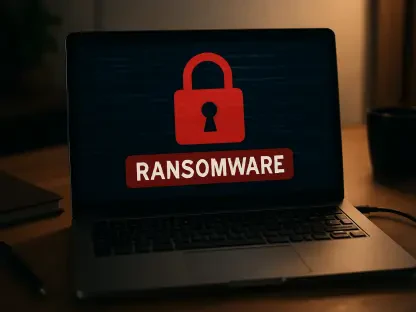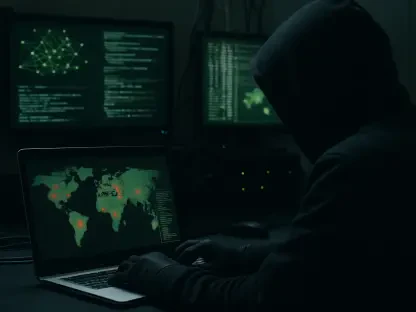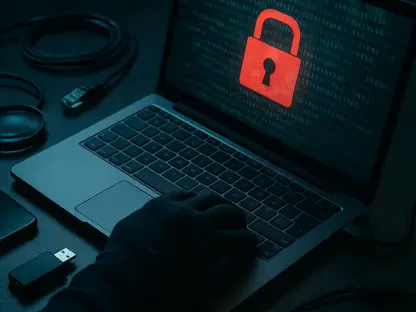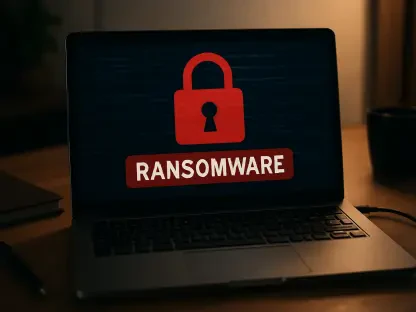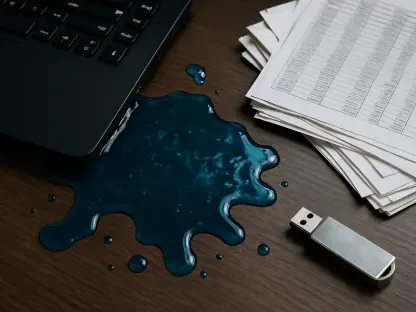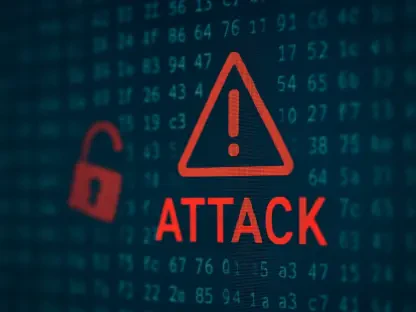In an era where digital images are ubiquitous in daily workflows, a newly discovered vulnerability in Microsoft’s Windows Graphics Component has sent shockwaves through the cybersecurity community, highlighting the potential for catastrophic breaches via something as innocuous as a JPEG file. Identified as CVE-2025-50165, this critical flaw enables remote code execution, allowing attackers to seize full control of affected systems without any user interaction. With a severity score of 9.8 on the CVSS scale, the vulnerability poses a significant threat to billions of Windows devices worldwide. Discovered earlier this year and addressed in the August Patch Tuesday updates, this issue underscores the persistent dangers lurking in legacy graphics processing. As cybercriminals continuously seek innovative ways to exploit seemingly harmless file types, the urgency to understand and mitigate this threat cannot be overstated, prompting a deeper examination of its mechanics, impact, and necessary defenses.
Unveiling the Technical Underpinnings
Delving into the heart of this vulnerability reveals a troubling flaw within the windowscodecs.dll library, a core element of the Windows Imaging Component tasked with processing images. The issue stems from an untrusted pointer dereference that manifests during JPEG encoding and decoding processes, particularly in specific functions critical to image handling. This technical misstep creates a gateway for attackers to manipulate memory through specially crafted JPEG files, ultimately enabling arbitrary code execution. Exploitation can occur silently when a malicious image is embedded in common file formats like Microsoft Office documents, requiring no more than the file being opened or previewed. Such ease of exploitation, combined with the ability to execute code over networks without elevated privileges, marks this as a particularly dangerous vulnerability that demands immediate attention from system administrators and end users alike.
Further exploration of the exploit’s mechanics shows how attackers can leverage techniques like heap spraying and buffer size manipulation to control memory snapshots. On 64-bit systems, sophisticated methods such as Return-Oriented Programming (ROP) chains can bypass security measures like Control Flow Guard, allowing shellcode execution and persistent system access. Notably, older 32-bit systems face an even graver risk due to the default disabling of such protective features, making exploitation efforts far simpler. Although no active exploits have been reported in the wild at this time, the low complexity of the attack, paired with the widespread use of JPEGs in everyday digital interactions, positions this flaw as a prime target for malicious actors ranging from ransomware operators to espionage groups seeking to infiltrate networks undetected.
Assessing the Scope and Impact
The reach of this vulnerability is staggering, affecting recent Windows releases including Windows Server 2025 and Windows 11 Version 24## across multiple architectures. With billions of devices potentially at risk, the flaw highlights a critical weakness in graphics processing that can be exploited without user awareness, especially through automatic image rendering in various applications. This silent threat amplifies the danger, as a simple preview in an email client or file explorer could trigger a full system compromise. The potential for chaining this vulnerability with other attack vectors to enable lateral movement within networks further compounds the risk, making it a pressing concern for enterprise environments where unpatched systems are often prevalent and high-value assets are at stake.
Beyond the technical scope, the broader implications for cybersecurity cannot be ignored. This incident serves as a stark reminder of the ongoing danger posed by legacy components in widely used operating systems, where even minor flaws in file processing can lead to devastating breaches. The ubiquity of JPEG files in both personal and professional settings means that threat actors have a vast attack surface to exploit, particularly through phishing campaigns or drive-by downloads. As organizations grapple with the challenge of maintaining up-to-date systems amidst complex IT infrastructures, the risk of widespread damage looms large. Timely action is essential to prevent this vulnerability from becoming a cornerstone of future cyberattacks that could disrupt operations on a global scale.
Strategies for Mitigation and Defense
Addressing this critical flaw begins with the immediate application of the August security updates provided by Microsoft, with a particular focus on protecting high-value assets within organizational networks. Prioritizing patching for systems most exposed to external threats can significantly reduce the window of opportunity for attackers. Beyond updates, additional protective measures are recommended to bolster defenses. Disabling automatic image previews in email clients and file explorers can prevent unintended exploitation, while enforcing sandboxing for untrusted files adds another layer of security. Leveraging cloud-based protections to intercept exploit attempts before they reach endpoints is also a prudent step in safeguarding systems against this pervasive threat.
Equally important is the need for heightened awareness and proactive monitoring within IT environments to detect potential exploitation attempts. Organizations should consider revising their cybersecurity policies to account for the risks posed by seemingly benign file types like JPEGs, ensuring that employees are educated on safe file-handling practices. Regular audits of system configurations can help identify unpatched vulnerabilities, allowing for swift remediation before they can be exploited. As the cybersecurity landscape continues to evolve, adopting a multi-layered defense strategy becomes indispensable. By combining timely updates with robust preventive measures, the risk of falling victim to such sophisticated attacks can be substantially minimized, protecting both data and infrastructure from compromise.
Reflecting on Lessons Learned
Looking back, the discovery and patching of this severe Windows Graphics Component vulnerability underscored the hidden perils embedded in routine digital processes. The ease with which a simple JPEG could have been weaponized to execute arbitrary code revealed a critical gap in legacy systems that demanded urgent attention. This incident served as a powerful reminder of how even the most commonplace file types could become vectors for catastrophic breaches if left unaddressed. The swift response from Microsoft in releasing patches demonstrated the importance of rapid action in the face of emerging threats, setting a precedent for how critical flaws should be handled to prevent widespread exploitation.
Moving forward, the focus shifted to actionable steps that fortified defenses against similar vulnerabilities. Enterprises and individual users alike were urged to maintain rigorous update schedules and implement layered security measures to mitigate risks. Exploring advanced threat detection tools and fostering a culture of cybersecurity awareness became essential strategies in preventing future breaches. Reflecting on this event, the cybersecurity community gained valuable insights into the evolving tactics of malicious actors, paving the way for stronger, more resilient systems in an increasingly digital world.
